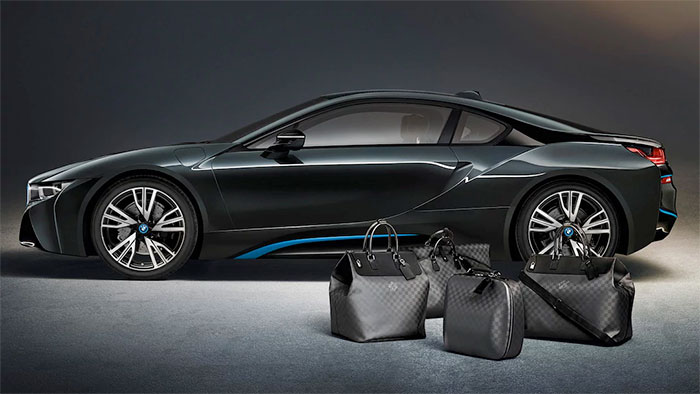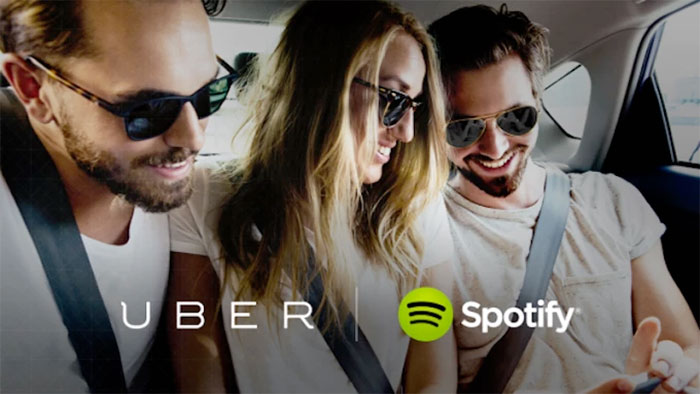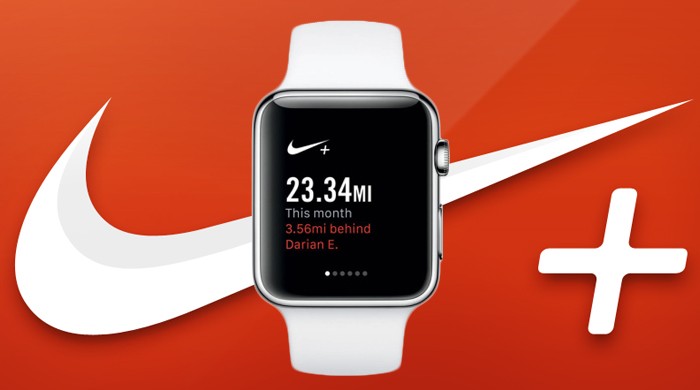On first glance, they might seem quite similar, but in actual fact, there are important differences. It has been a long-fought debate in the world of business: which is best? Recruiting an In-house design team? Or engage a design agency? We thought we’d chime in!
As an agency in the competitive design and creative industry, we have pretty much heard it all when it comes to our clients and nearly-over-the-line decision makers, on their reasoning behind why they choose us, and why they don’t. Business owners have an assumption that design agencies come with massive fees and don’t receive enough flexibility or time for any given project. We would have to agree – but only CERTAIN agencies are doing this, and there are definitely agencies out there dragging their clients through massive hourly rates and strict, non-flexible billable hours. In the end, it costs a business well over their budget by the end of the project.
To get your minds thinking, here are some pros and cons on heading down the agency track (and before we lose you completely, scroll down further to learn more about APR’s unique approach for delivering creative services).
Pros of using a design agency team
1. Multiple skill sets are worked on throughout the artwork process or production, giving you the opportunity to receive more ideas or have elements delivered quicker.
2. Budget – YOU are in control of this and depending on the workload, it can change from month to month. Agencies don’t cost you overheads, annual/parental leave or sick leave. You may not believe it, but all of these common benefits you provide to staff members, definitely add up.
3. Fresh perspective and innovation – agencies only hire top-notch designers and creatives, who are willing to go that extra mile. It also means that a project can pass through multiple eyes on a given day, and therefore further ideas or comments can arise that you wouldn’t have thought about.
Cons of using a design agency team
1. The depth of understanding can be lost if multiple designers are working on a project and it can result in a game of Chinese whisper. In this case, hours and money are being spent on communication back and forth.
2. Design style may not be consistent and of quality, if the Senior Designers are palming ‘easier’ jobs off to the juniors.
3. The turnaround times can be delayed if other clients are needy of the studios time. If you do source a well-known and reputable agency, you risk other clients’ and jobs taking priority over your work.
When our Directors extracted these pros and cons, they were astounded to find that most of the ‘drawbacks’ weren’t, in fact, bad aspects to an agency, they just needed to be tweaked, resulting in more of an ‘in-house’ feel, but with Agency benefits.
We are now so proud of our ArtSmart™ services, a retainer-based model that works with our clients’ budgets, needs and expectations for their art production in an efficient manner. Obtaining a full-time Account Manager for management of deadlines, as well as a dedicated designer, it really is the best of both worlds.
ArtSmart™ is a proven business model that can be fully customized to suit your business needs and it also complements your existing creative agency partners by delivering cost-effective, quality artwork and rollout services.
To see how ArtSmart™ can deliver a world real savings for your marketing department click here.
–Jordyn Martino



